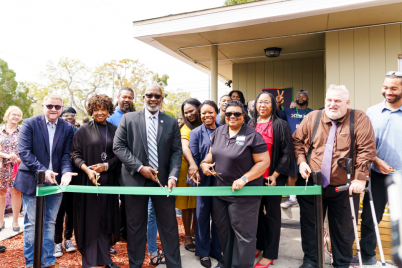BY DR. KANIKA TOMALIN, Deputy Mayor
ST. PETERSBURG –The City of St. Petersburg, Pinellas County and the emerging Tampa Bay region are facing a critical test regarding our shared future. As we define the future of transit in our community we determine just how far many in our community will be able to go – literally and figuratively.
This November, voters will be asked to:
- Eliminate the Pinellas Suncoast Transit Authority’s property tax,
- Increase bus service by 65 percent,
- Add bus rapid transit lines in most major Pinellas corridors,
- Add longer service hours for existing transit options and,
- Imagine a sophisticated transit future that includes passenger light rail.









Purposed ideas and budgets such as the article dictates never ceases to amaze me. Politicians have a way to spin the top talking points into a luxury that would benefit all. It never does in reality. The poor in St. Pete and in Tampa is growing at an alarming rate. There are three times more homeless in St. Pete, three times more poor families living in and around St. Petersburg. Where is the assistance to bring the poor back up to working class poor? Instead what some politicians are doing, is embarking on this idea that the Green light project will open more jobs and create a sense of “new beginnings”. It will not help the poor in any way, but cost them more for living. The poor includes today veterans, elderly, families with children. They are being forced to pay higher rent even on subsidized housing. Their fixed incomes are suppose to support the added taxes, food, utilities, and medications. This has not been possible now for several years. Each time a politician in either county claims a “new way”. These are the folks at the bottom of the chain that get hit the worse. Another way to help bring back the allure of St. Pete is for the government there to take better care of their citizens. St. Pete has also the largest homeless population, fall out from the police ordering the homeless out by slicing through their given tents. Have forced St. Pete residents to come to Tampa for a better chance at the simple life. Here is the problem with that, by having St Pete’s poor community moving out of St. Pete. St. Petersburg government officials are basically saying to the poor: “if you can’t afford it leave”. Making the issue not just a St. Petersburg problem, but a dual county problem.
I truly believe that change must be implemented from the bottom up, not the top down. Start with the working class poor and poor families, build the city up from that tax bracket. I also believe in doing it this way; it not only stops the onslaught of wasting money for the higher classes, it would be distributed more balanced towards what is going on in the city to better everyone.